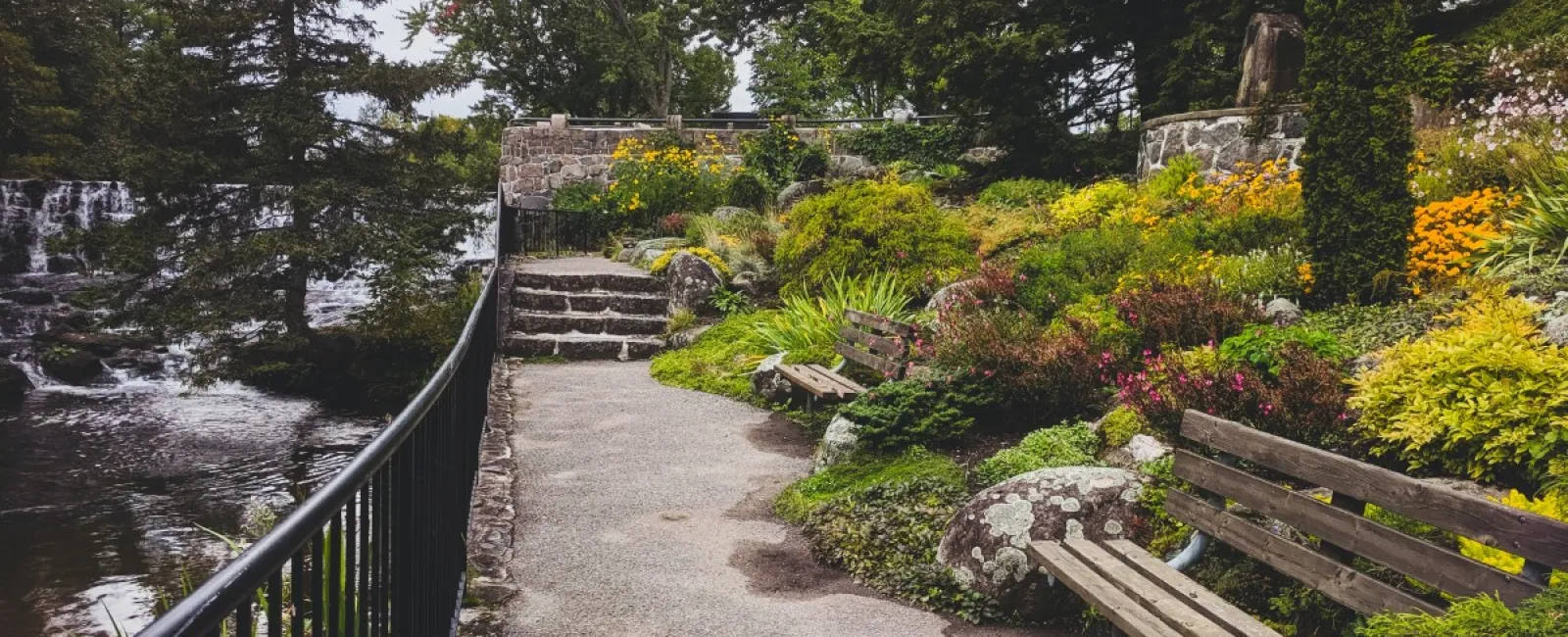In Georgia during October and into November, both air and soil temperatures are cooler, making the prospect of working in the garden a welcome one. October and November is an ideal time to clean up your garden and to evaluate your successes and failures.
Armed with this information you can then decide which new plants to add to your landscape or which ones would benefit from dividing. With a bit of luck there will also be some slow gentle rains. What follows is a list of chores for October-November, according to the type of plant:
Annuals
- Pull out summer annuals that have finished blooming or are scraggly.
- Plant pansies, violas, snapdragons, dianthus and stock too. For the best results, prepare the soil by digging in or rototilling a 2 inch layer of organic matter. The soft soil (make sure it's well drained too) will make it easier for plants to grow well. Space plants on 6 to 10 inch centers, depending on how quickly you want to have a full established planting. These colorful annuals tolerate frost and cold weather and bounce back on warmer sunny days. Fertilize after you plant and then once every four weeks with a "pansy booster" or comparable fertilizer. Planting your pansies in October and November will give them adequate time to establish a good root system before cold weather.
Bulbs
- Plant spring flowering bulbs including daffodils, tulips, hyacinths, and crocus once soil temperatures are 60F or cooler. This is usually done in November and December.
Perennials
- Cut back spring-blooming perennials now. Just tip back lantana and wait until spring to cut it back hard; the same is true for Artemesia. Wait until spring to cut back fall blooming perennials.
- Add some fall bloomers to your garden like asters, sedums and chrysanthemums.
- Remove old mulch and then add a fresh layer of mulch. Keep it away from stems and trunks. Dispose of any diseased leaves in the garbage. This will cut down on the potential of overwintering pests and diseases.
- Plant peonies or divide existing peonies. Do not plant them too deep.
- Dig a hole that is 1 ½' wide and 1' deep. You should be able to see the buds (eyes), barely cover them with soil. Fertilize established peonies with something like 8-8-8 or a comparable fertilizer.
Lawn
- Spread pre emergents to suppress weeds next spring including Chickweed, Poa annua and hairy bittercress.
- Aerate and over seed fescue seed before soil temperatures cool off too much which will result in uneven germination. Fertilize after you plant.
Roses
- Transplant roses.
- Tie up climbing roses that have escaped.
Edibles
- Plant strawberries in October and November. Space them 12 inches apart in a raised bed with a moist, well-drained soil. Site them in full sun or part shade. You can also plant them in containers. Look for varieties suited to the South including Apollo, Cardinal, Delite, Earliglow, Sunrise, and Surecrop.
Shrubs and Trees
- Plant shrubs and trees, both evergreen and deciduous types.
- Remove old mulch and reapply a fresh layer of mulch.
- Water new plantings on a regular basis. Once a week if there is no rainfall.
- Prune and remove dead limbs or twigs.
